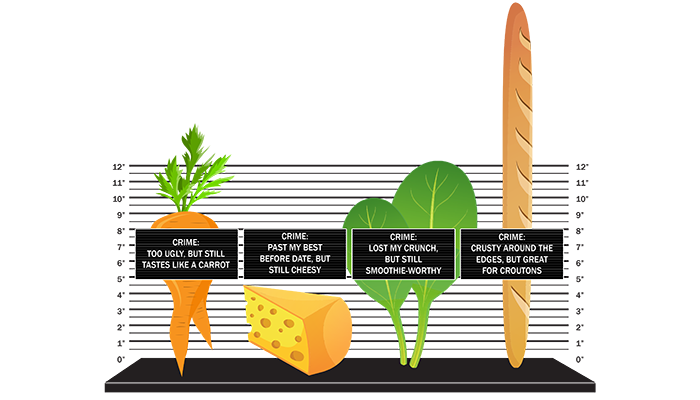Plan your meals and only buy what you need:
- Start by checking what you already have at home, especially fresh foods like fruit and vegetables, meat, fish, cheese and milk.
- Once you know what food you already have, decide what meals you want to make for the next few days - don’t try to plan a whole week because plans often change throughout the week. Try to plan meals that use the ingredients you already have. Use the Internet or cookbooks to search for recipes that use the ingredients you already have.
- Make a list of the items you need and stick to it when shopping. Keep a list through the week of items that you run out of.
- Remember, some foods lose freshness sooner than others, so plan around what needs to be eaten first.
There are many meal planning tools available online. Spend some time looking for a tool that works for you and it will help to reduce your food waste and make your next trip to the grocery store a little easier!
Have trouble knowing how much food to buy? Check out Metro Vancouver's Love Food Hate Waste's Portion Planner for tips.
